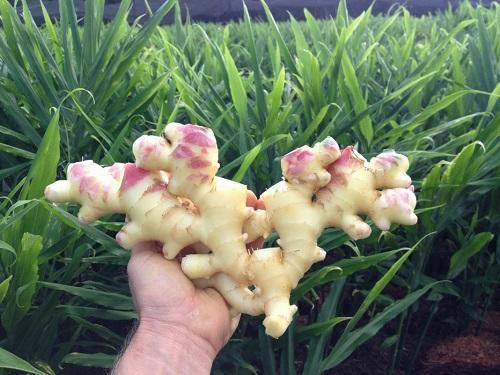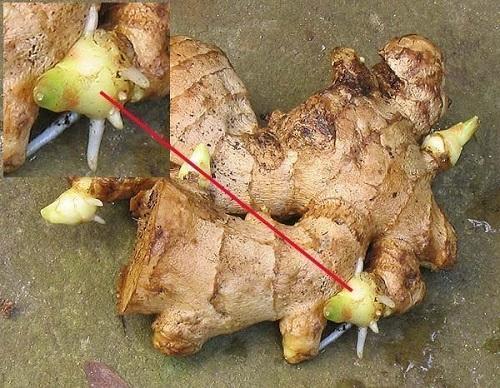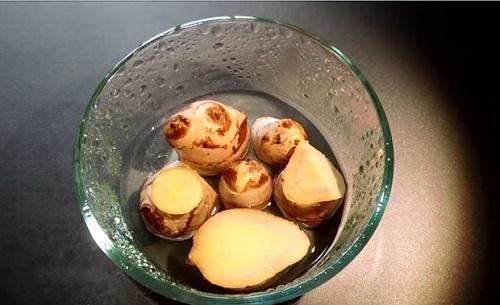How to grow ginger in your garden?
Ginger is a spicy herb that is used to treat and prevent various diseases. It is also added to food and drinks. Ginger root can be purchased in stores and on the market, but many lovers of this spice prefer to breed it themselves. It is quite possible to do this, the main thing is to correctly approach the issue of choosing planting material and take care of the plant a little.

So how to grow ginger in the garden? All actions for breeding a spicy plant can be divided into 3 stages:
- The choice of material for planting.
- Germination of the root before planting in the ground.
- Transplanting a plant to a garden bed.
Selection of quality planting material

Despite the fact that ginger blooms and subsequently even bears fruit, it is mainly used for its reproduction rhizome. It is purchased in a store. A good harvest is capable of producing a quality root, which should have:
- flat surface, smooth and without damage;
- juicy solid structure;
- alive, not shriveled, buds-eyes.
Root germination
The period from planting ginger to harvest takes approximately 8 months. In order for the plant to grow over the summer, it must be germinated in a pot before planting. The most optimal time to start germination is the end of February. To do this, divide the root into parts, each of which must have at least 2 buds, treat the cut points with charcoal and dry a little.

To activate dormant buds, it is recommended to soak parts of the rhizome for a couple of hours in warm water.
Ginger grows well in loose and nutritious soil. A mixture of sod and leafy soil is suitable, peat and sand in equal proportions.
A planting pot should be chosen wide, but not very high, since the roots tend to grow in width. Put a drainage layer on the bottom of the pot, cover it with soil and plant the prepared parts of the root with the eyes up. Sprinkle abundantly with water and put in a warm place (at least 25 degrees Celsius) with diffused lighting.

In the process of growth, the roots should be regularly watered and sprayed, and also fertilized with complex fertilizers every two weeks.
Transplanting ginger to the garden

In May, ginger is transplanted to garden beds located in a semi-shady place. In this case, the distance between the seedlings should be at least 15 cm. Further care consists in watering after the topsoil dries out and spraying regularly. Over the summer, ginger is fed several times with organic matter (solution of cow dung in a ratio of 1:10) and potash fertilizers.
Watering is stopped two weeks before harvest. Around September, the leaves will begin to turn yellow, which means it's time to dig up the roots. The resulting rhizomes are left to dry for 3 days, and then stored in a cool place.